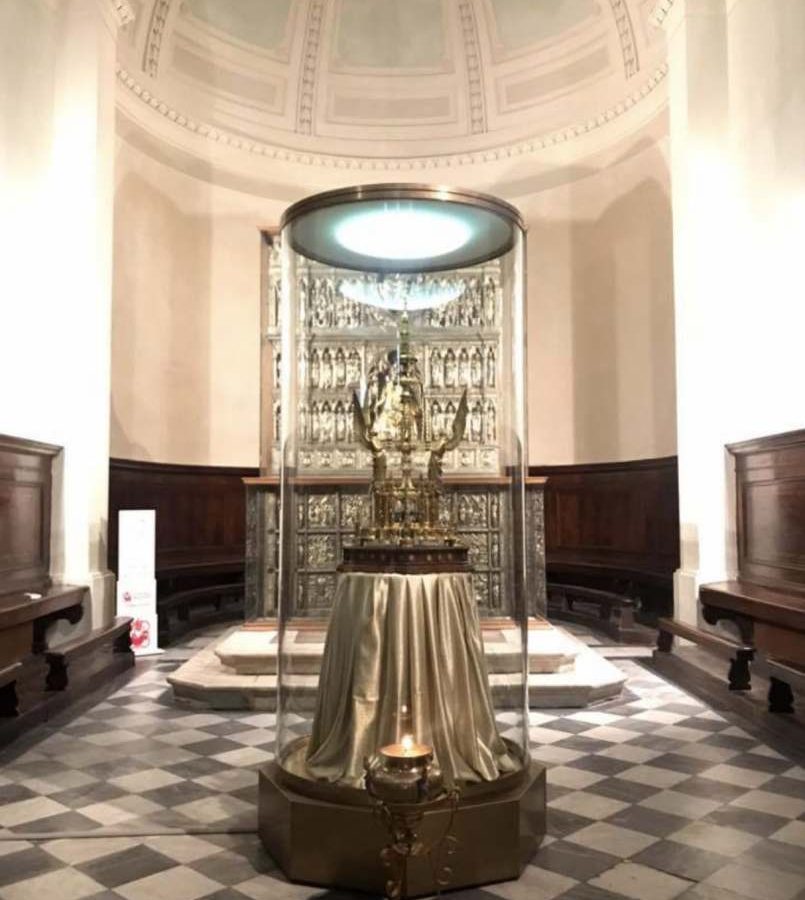For centuries, Pistoia has been a key stop for pilgrims heading to Santiago de Compostela. The only Jacobean pilgrimage center in Italy in the 12th century, the city is still crossed today by some of Europe’s most important spiritual and historical routes.
Here are the main paths passing through the Pistoia area:
Via Francigena della Sambuca
176 km between Nonantola (Modena) and Fucecchio (Florence), passing through Pistoia. This ancient route connected Bologna to Pistoia, serving as a shortcut to the official Via Francigena. Today, it is a scenic itinerary through forests and nature.
Cammino di San Bartolomeo
Over 100 km from Fiumalbo to Pistoia, crossing the Apennines of Modena, Lucca, and Pistoia. The path passes through historic villages like Abetone, San Marcello Piteglio, and Bagni di Lucca, and offers many accommodation options.
Via Romea Germanica Imperiale
A 600 km trail from Trento to Arezzo, crossing Tuscany and historically the route for artists, scholars, and travelers of the Grand Tour. A cultural and scenic itinerary of great historical significance.
Romea Strata Nonantolana Longobarda
At 797 km from Tarvisio to Rome, it is one of the longest and most fascinating pilgrimage routes. The Tuscan section crosses the Montagna Pistoiese and charming villages such as Cutigliano, Saturnana, and the Passo della Croce Arcana.
Cammino di San Jacopo
Known as the “little Santiago” of Italy. Approximately 100 km connecting Florence, Prato, Pistoia, Pescia, and Lucca, passing important places of worship and cathedrals housing precious relics. A rich spiritual and cultural experience.

